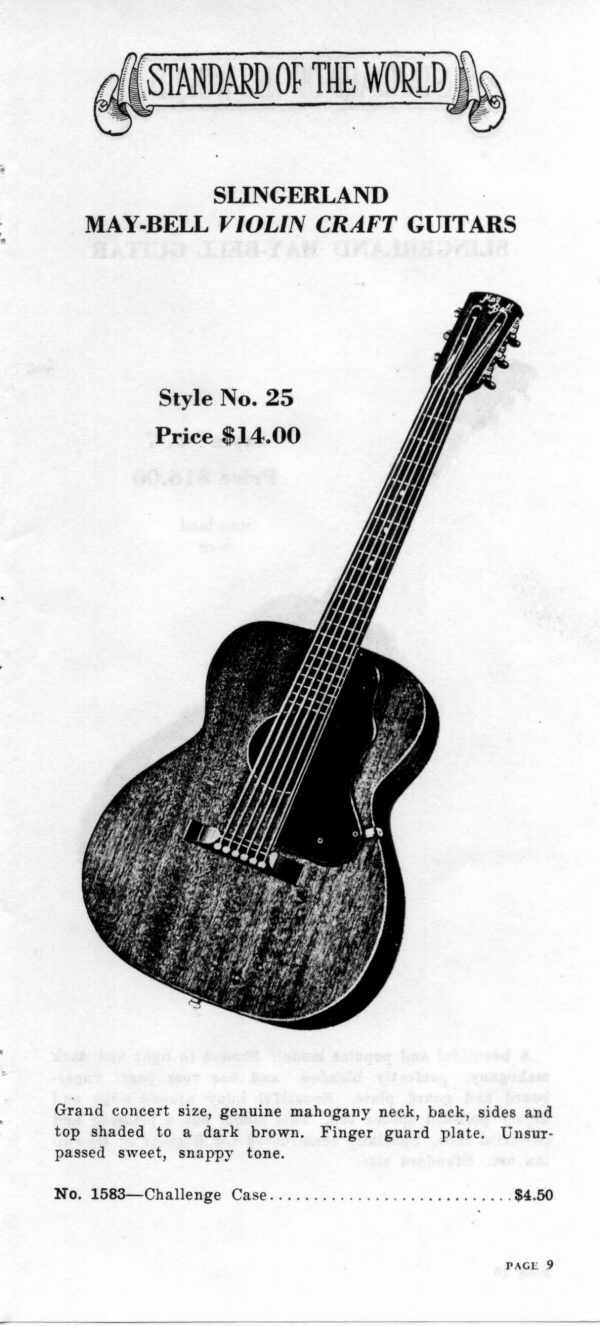I generally try to hold off on advice and opinion unless I am being asked, but this is cyberspace we are dealing with here so the rules of engagement change a little bit. So here it is. Of course there is something to be said for "striking while the irons hot", but just as much should be said for patience. Patience has been and will always be the right method for me with regards to buying guitars. In most cases you can be assured that if you don't feel completely right about an instrument, you will have other chances. I am a cook by trade, I have a family and a mortgage and fears of how I am going to be able to afford college for the kids. I don't make a lot of dough so I have to be extremely careful about where the money is going. I can't make "passion" purchases. I have to be smart, somewhat cagey and above all else, patient. I have been looking for one of these Thin Twins for over 5 years now. I wanted to pull the string a few times, but as I said the prices are crazy and sellers are for the most part standing by their prices.
Then came this deal. I received this guitar from a sweet woman in Indiana. She had it on ebay and according to her was forced to take it down because she was being blacklisted by one of her selling competitors. I found this out after she had taken the guitar off ebay. Thankfully I had it saved in my watch list and was able to contact her. She provided me with a number to call her at and after hearing her story, we were able to make a deal. It was touch and go. The story was a little sketchy and after we made the deal, communication wasn't great nor was the speed of delivery. I actually had to call her back to consider/threaten cancellation of the transaction because I was sure I was being screwed. We were able to deal through Paypal so there was some protection there. I hung in there and eventually received the guitar being very pleased about the shape it was in. In the end patience is important, but sometimes you have to take a chance and know when the deal and the time is right.
I hesitate to go to deep into the specs on this one as these guitars are fairly well documented. They have a funky ass tone. Neck pickup is really sweet sounding and the bridge pickup is nasty blues. Rarely will you find such a divide in your selector switch for pickup position. I was actually taken aback a bit by the bridge position pickup tone. I wasn't sure what to do with it. Wasn't long before I made it my friend realizing what a cool asset it is. You just have to dig some fairly piercing trebles. It's not an all the time tone, but when you throw a little reverb on it to soften it up, it can be pretty magical.
The guitar was in pretty darn good shape when I got it. James Ralston did a neck reset on it as well as reworked the electronics. The electronics were the biggest burden as they were all mixed up and had to be rewired. Good luck finding a wiring schematic for one of these old dogs or any Kay guitar for that matter.
This guitar plays great now. I can't put it down. I get up early to play it - I go to bed late to play it. It has the fattest neck of any guitar I have ever played and I love it. It is a fairly big guitar and fairly heavy as well even with the chambered body. The whole thing just feels substantial. It feels like something that was made in the USA in the 1950's(as it was) - big, tough, funky, artistic, and something that will last forever if you take care of it. Lord - please take us back to the 1950's with regards to manufacturing - what a cool time!!
We need to talk about this headstock for a little bit. This particular model guitar with the maple body and tiger stripe guard is generally referred to as the "Jimmy Reed" model because of this picture of Jimmy holding this model Kay.

The headstock on the guitar Jimmy is holding is the style headstock Kay used for its Kay branded models.
Here is a closer look
The headstock on my guitar was reserved for Silvertone branded models like this one

Never before have I seen the Silvertone type headstock on a Kay branded instrument. The one I have is the only one I have ever seen. I would love to know why and how this instrument came to exist. Is it a one off, are there others that I haven't seen? Was it because this model was at the end of a production run and they were just using up parts any way they could? Another wonderful guitar mystery brought to you by the Kay Guitar Manufacturing Company.













































